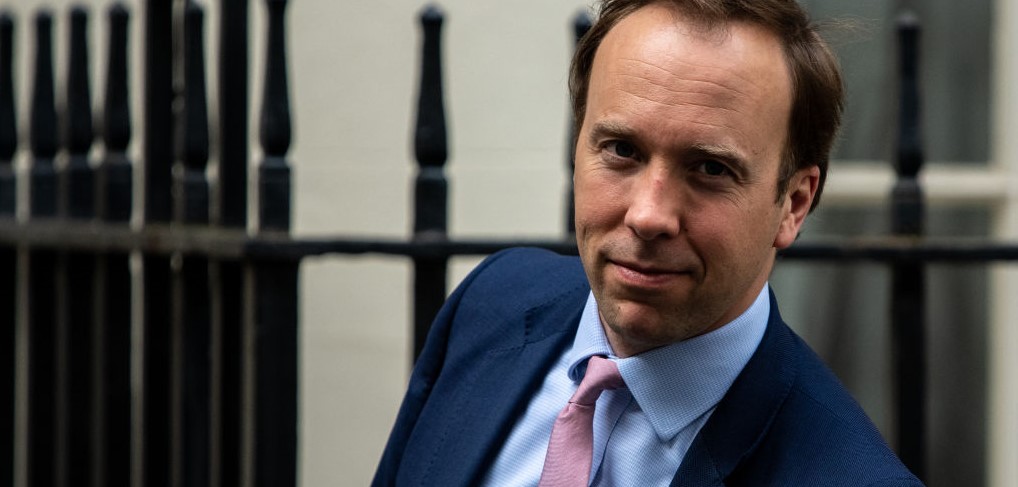Cuts, wage restraint and job losses
Tories and Lib Dems plan to take us back to a world before the creation of the welfare state as details emerge through the Osborne smokescreen.
The coalition has set out spending cuts which will see the loss of one in five public sector jobs by 2020, tight pay restraint and public services brought down to spending levels last seen in the 1930s. Both Cameron and Osborne have objected to the BBC highlighting the figures but did not challenge the facts.
As the smokescreen of a change to stamp duty and other announcements cleared, a future public sector wasteland emerged. It opened up a clear gulf between the Labour and Tory vision of the future which will be one of the battlegrounds of the next general election.
The Autumn Statement made clear what is at stake in the election is the future of key public services and the existence of the welfare state. It is further evidence that austerity is seen by Tories as an opportunity to turn back the clock on purely ideological grounds.
The pay squeeze has seen the worst cut in living standards since mid-Victorian times. Another million public sector job losses – one in five by 2020 – is over twice as many as the 400,000 job losses so far.
While Tories railed against the BBC they were silent when their friends at the Daily Telegraph reached the same conclusion based on the same facts. “The Chancellor aims to reduce the state to pre-war size, in a move which carves out a huge ideological gap with Labour,” the Telegraph noted in a headline using the same sources relied on by the BBC.
The Office of Budget Responsibility – set up by Osborne – released its official report into the Autumn Statement shortly after Osborne sat down. It’s very clear: “Total public spending is now projected to fall to 35.2% of GDP by 2019-20, taking it below the previous post-war lows reached in 1957-8 and 1999-2000 to what would probably be its lowest level in 80 years”.
While the OBR pulled back from specifically using the phrase “the 1930s”, 2014 minus 80 years is 1934. Other spending levels would drop to those not seen since before the creation of the welfare state after the Second World War.
Again the OBR pulled back from specifically referring to the welfare state’s creation, it does say “since 1948”. It states: “The government’s fiscal plans imply three successive years of cash reductions in government consumption of goods and services from 2016 onwards, the first since 1948” by which time the key elements of the welfare state were in place.
According to the OBR the burden of cuts by 2020 “would fall overwhelmingly on the day to day running costs of the public services….” The scale of spending would be slashed with from ÂŁ5,650 per person to ÂŁ3,880” per person at todays prices.
It also made clear that only 40 per cent of cuts have been delivered during this Parliament, “with around 60 per cent to come during the next. The implied squeeze on local authority spending is similarly severe.”
Attempts by the Lib Dems  – through Vince Cable – to distance themselves from the Autumn Statement were slapped down by the OBR. Robert Chote, the OBRs chair wrote to Cable explaining: “Parliament has instructed us to base our forecasts on current Government policy and not to distinguish between the policies of the individual parties. So we have used the policy assumption presented to us by the Chancellor, and signed off by the â€quad’.”
The “quad” are Alexander, Clegg, Cameron and Osborne. Chote was pointing out the Lib Dems fingerprints are all over the Autumn statement whether Cable liked it or not an issue likely to come back and haunt them come the election.
“With the smokescreen clearing we see a future wasteland of public service cuts, huge job losses and further squeezes on living standards, said Unite’s Assistant General Secretary Steve Turner. “The autumn statement is a blueprint for the destruction of the welfare state and taking us back to the 1930s.”
“Only investment, pay rises and growth can release us from the dead hands of deficit and debt, he added. “We need real jobs paying at least a living wage, which can produce real tax revenues for Government. The coalition’s low wage, reduced and zero hours economy will not do that.
“What’s emerged this week is a coalition setting out the destruction of the welfare state for ideological reasons. They are clinging to the language of austerity because it suits their purpose but the election next year gives us a chance for greater hope.
“It’s also now clear that the finger prints of the Lib Dems are all over this future. No one is going let them run away from that fact when it comes to the election.”
 Like
Like Follow
Follow


